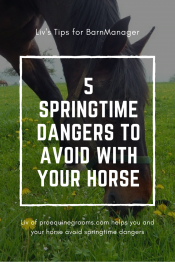Liv Gude kicks off our 2019 tips with three ways to stay warm at the barn this winter!
Number 1. Layer.
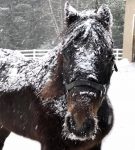
This cutie sent in by Jill Saccocia needs no layers!
Start with silk undergarments, then add layers upon layers!
I have the distinct honor, which comes with age I think, of not caring AT ALL how I look, especially at the barn. I will take an extra long and extra wide scarf and wrap up my head, neck, and even part of my face to stay warm. I will also add a hat on top of this to keep things secure and extra warm. This was a total game changer and helps when you are walking into the wind.
I also have lined everything – gloves, socks, boots, breeches, jeans. I tend to also go for dark colors, so that if the sun is shining, things get warmer faster.
Number 2. Move.
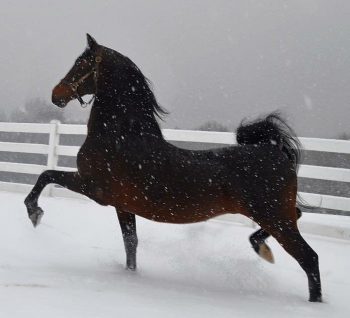
George Liberty sent us this handsome dude staying warm in the powder
Turning your horse’s “easy” exercise day into your “walk your butt off day” will keep you infinitely warm. Instead of riding, go for a nice long handwalk.
You might be surprised how warm you will get by just moving your legs around. Go for an hour or so for max horse and person effect.
Number 3. Heat.
Make a space that you can do chores in without freezing. If your tack or feed room is drafty at best, get some window sealing plastic at the hardware store and start to button up.
Add a space heater (use only when supervised) and get your chores done in the warm.
Good Luck and stay toasty!
Liv Gude, a former International Dressage Groom for years, founded proequinegrooms.com as a way to unite Grooms in the horse industry. The educational website also serves to entertain and inform horse owners across all disciplines about horse care, grooming, and health. Click here to check it out!
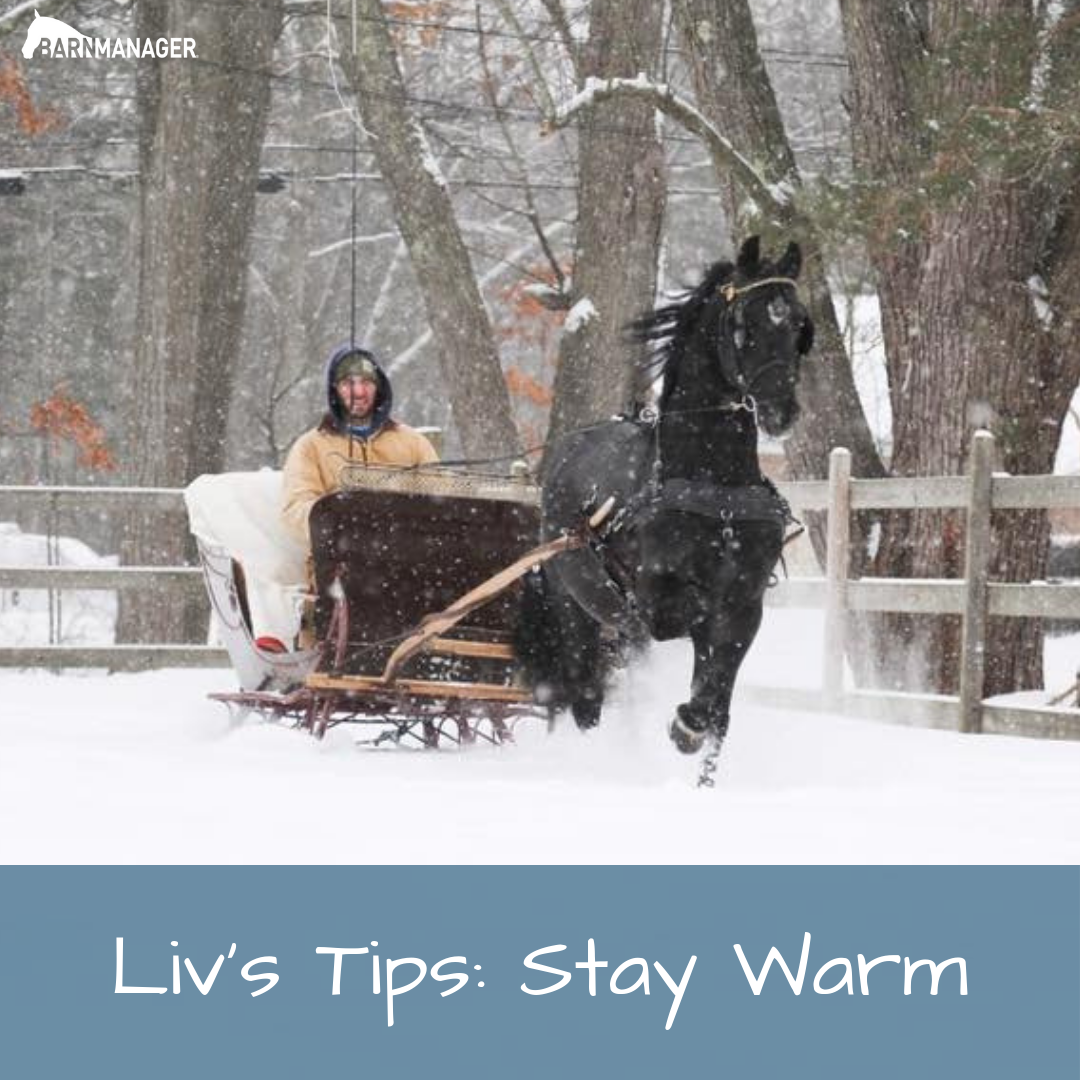
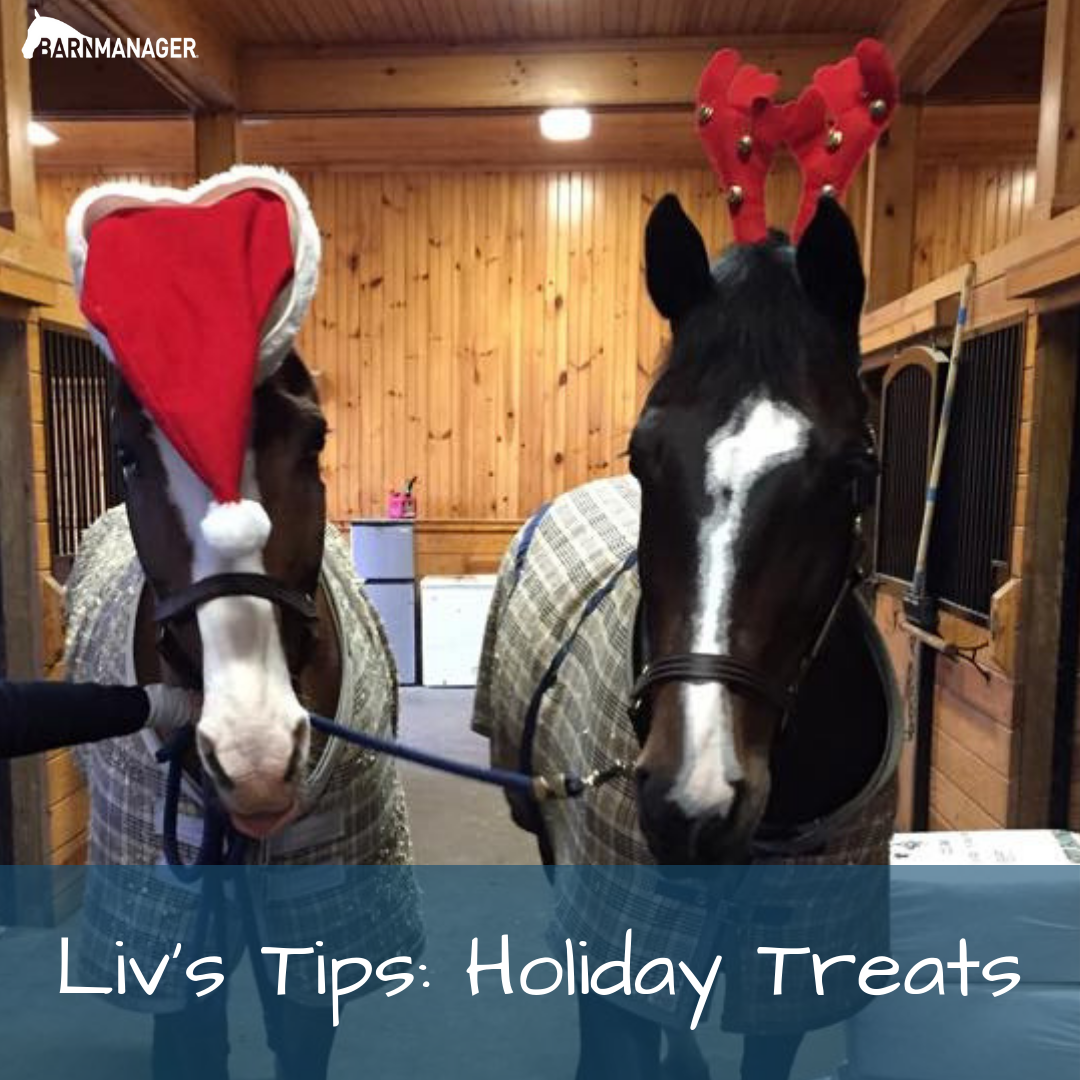
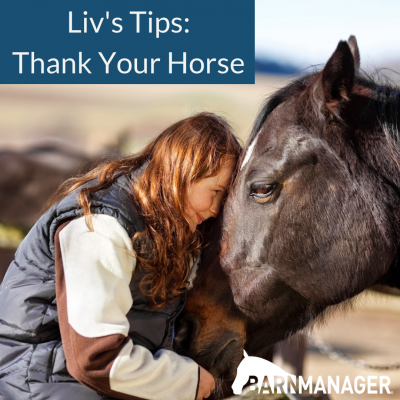
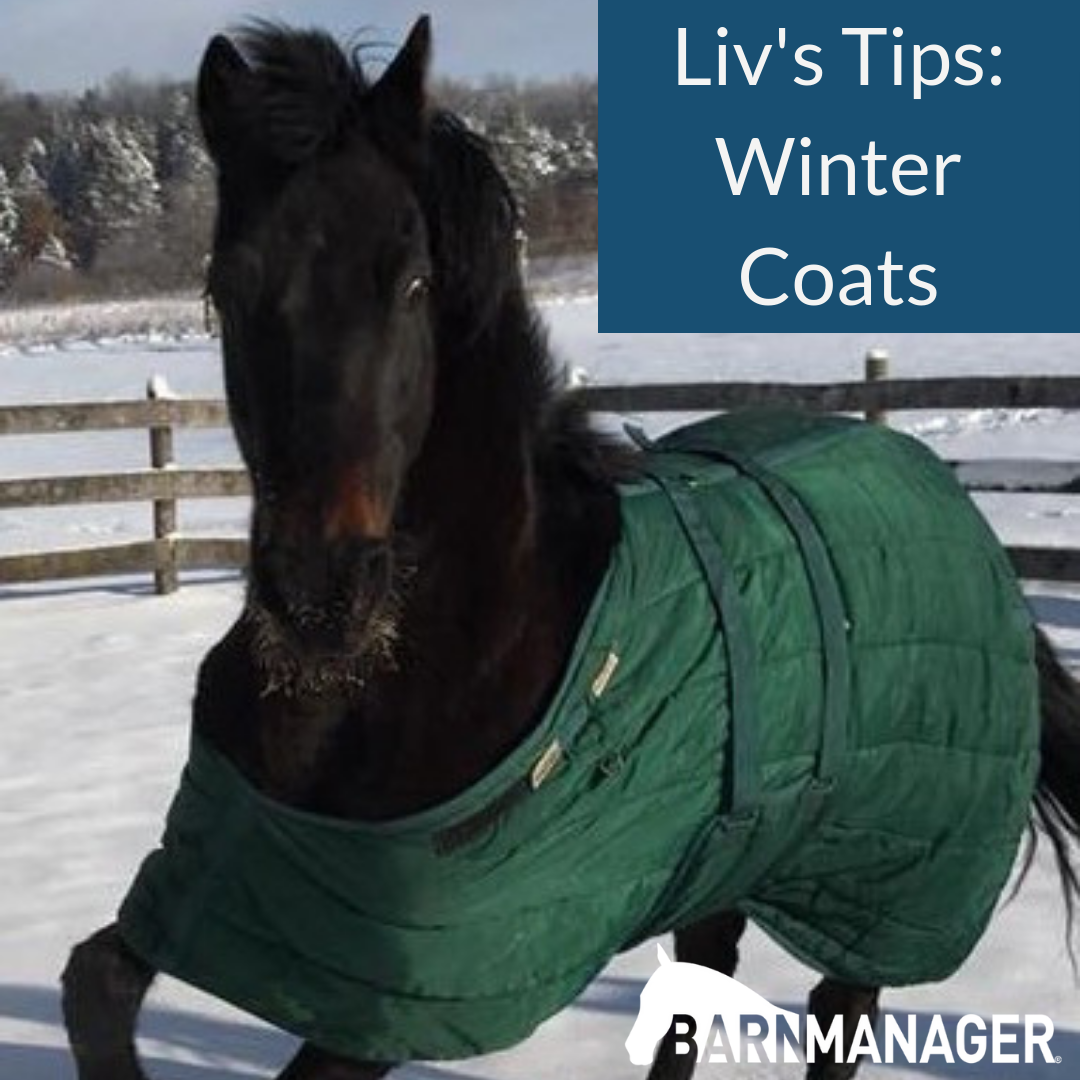
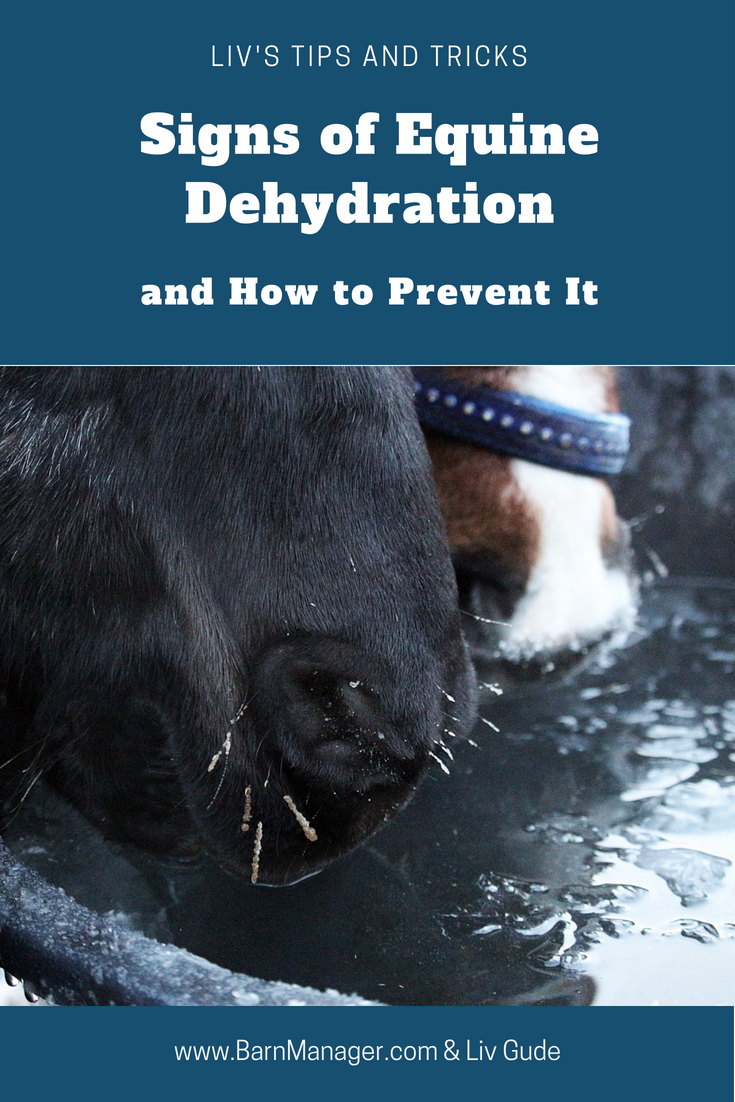
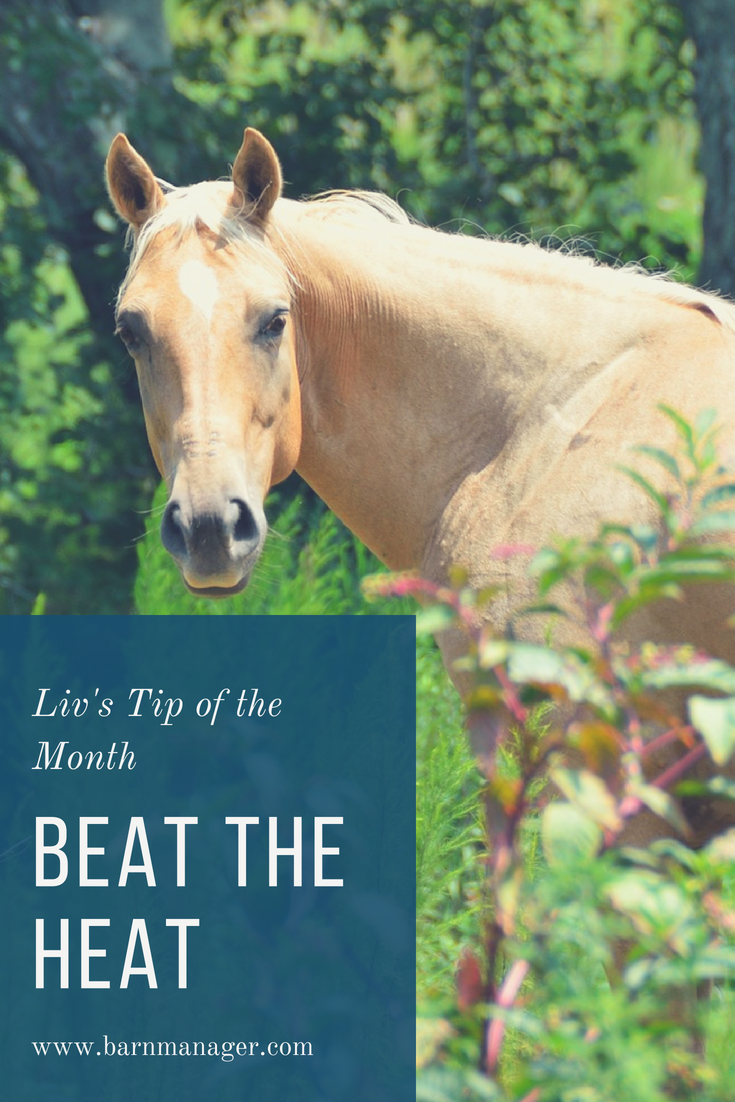
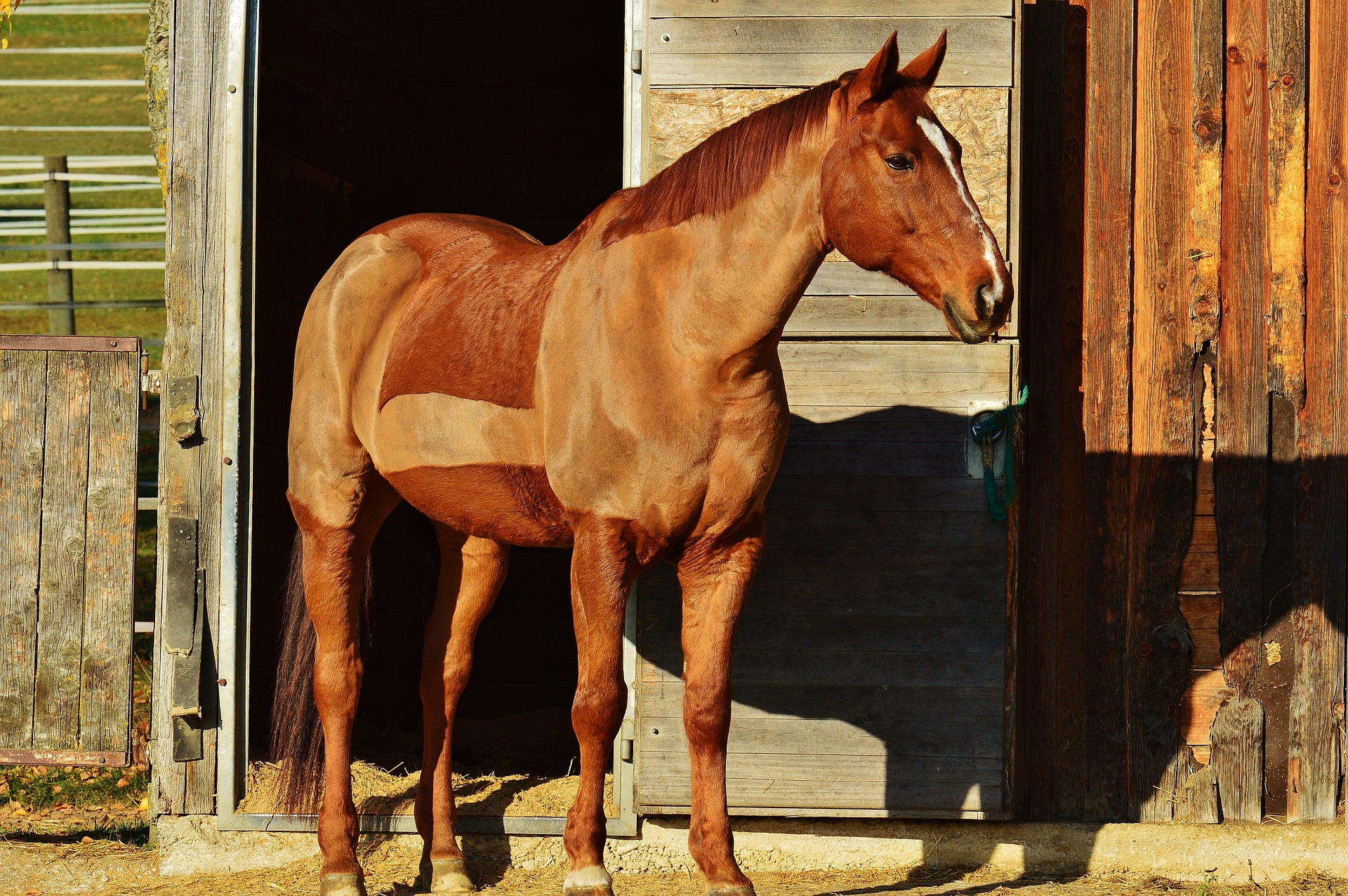
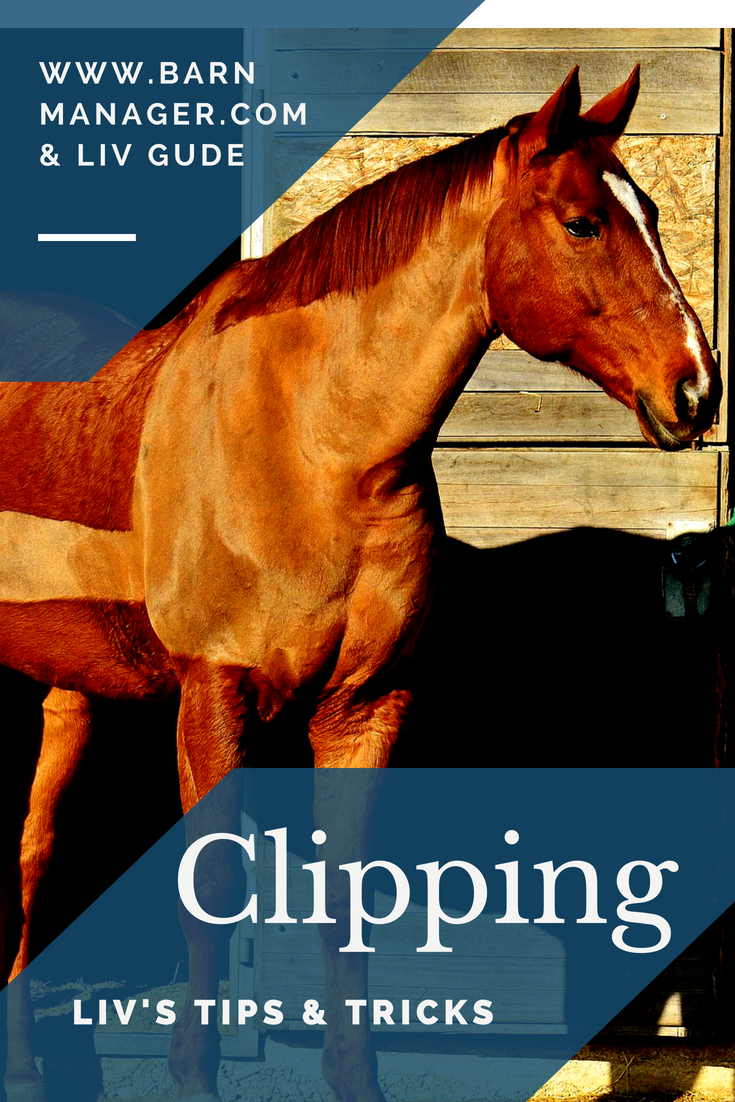
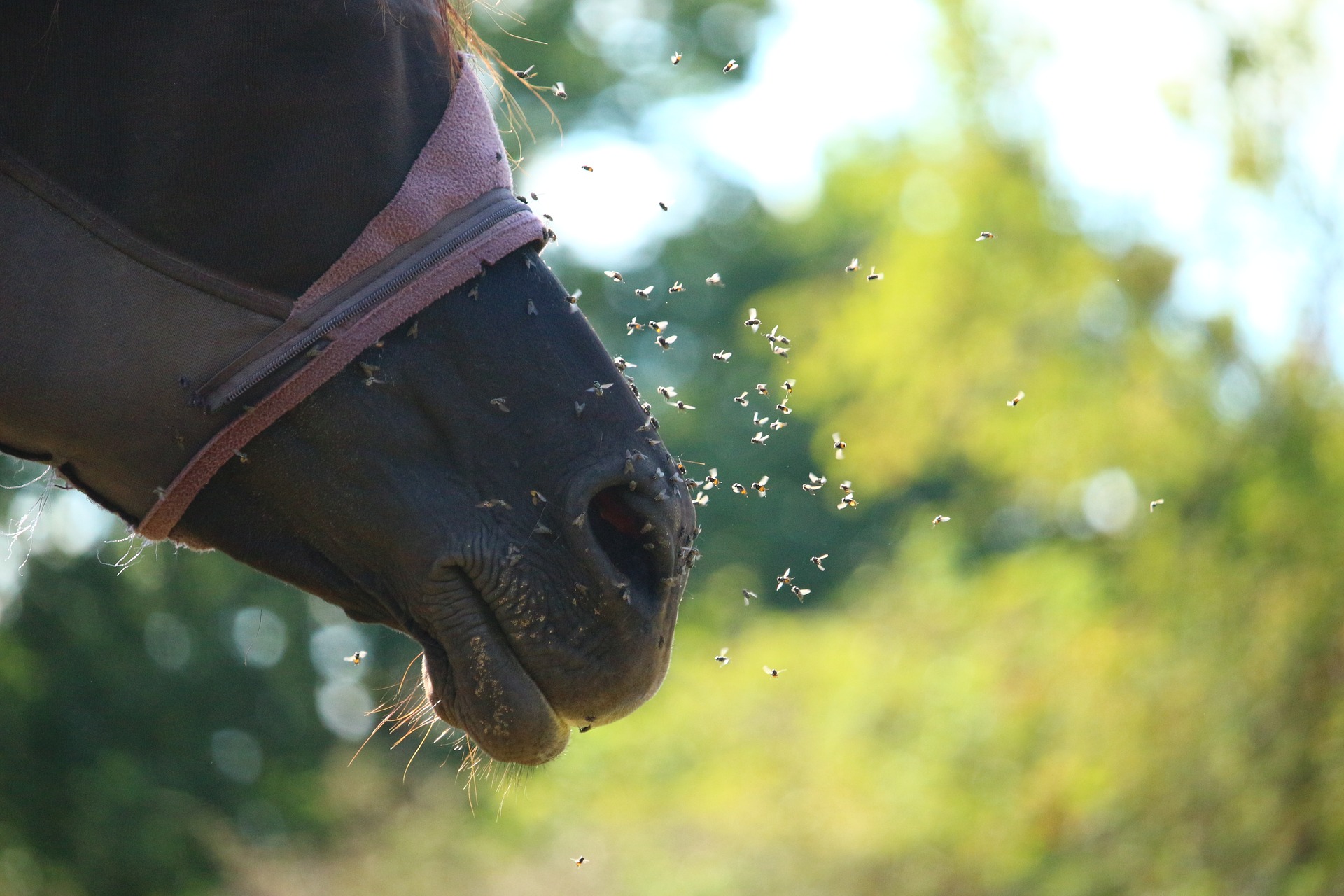
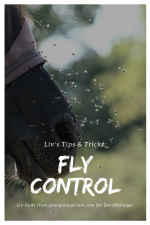 There are two main things to know about fly control – first, know what types of flies you are targeting and second, you must attack all stages of the fly life cycle.
There are two main things to know about fly control – first, know what types of flies you are targeting and second, you must attack all stages of the fly life cycle.